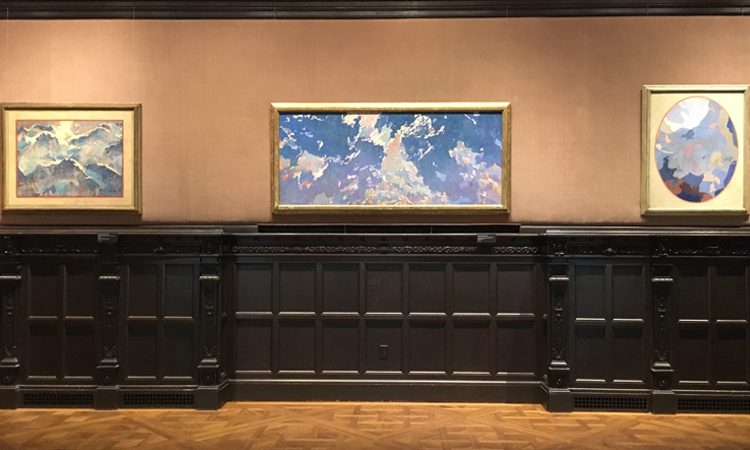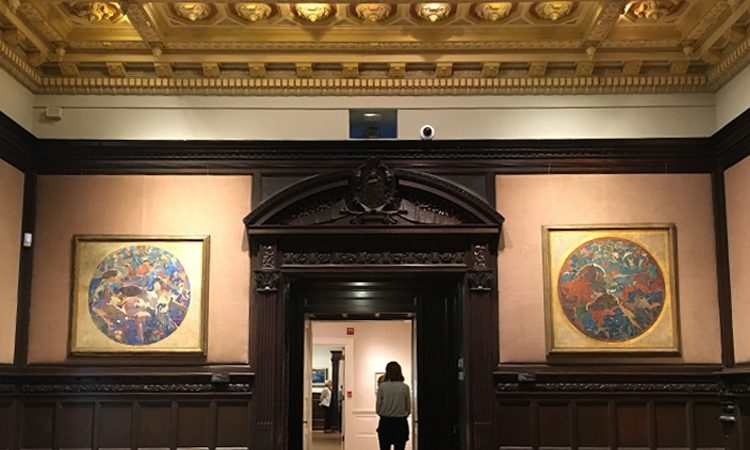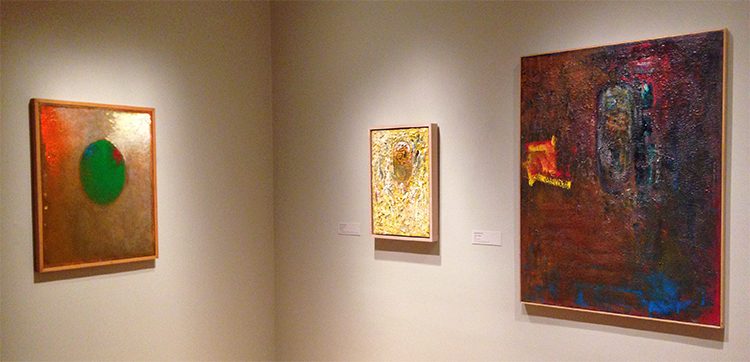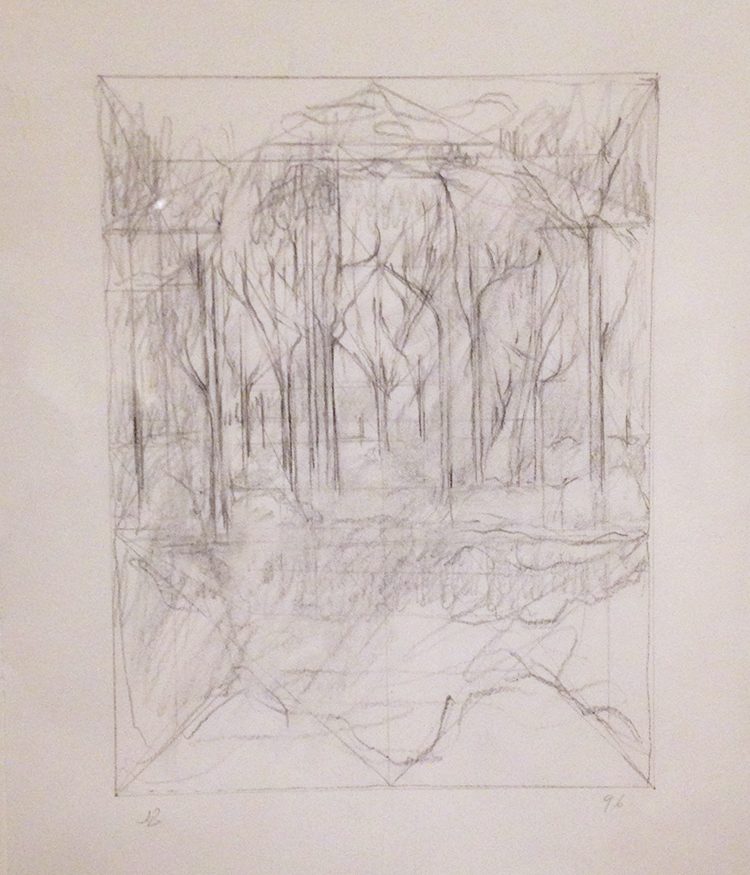George Condo’s The Discarded Human is a rather harsh image of a female figure leaning back and staring at the viewer. Condo takes away a structured perspective, making the figure’s body look twisted and deformed. The woman is holding herself up with her arms, creating a strong pose for an otherwise contorted body. Attached to this body is a dark face with distorted facial features.
Everything about this work makes me uneasy. The dark tones and shades of gray create a dim mood for the scene. There’s no sign of the time of day, but I can’t help imagining it’s the middle of the night. The woman’s straight forward stare and gaping mouth make her seem like more of a monster than a human. Condo seems to do this with such ease that I feel like part of the image is him staring out at me, chuckling as he watches me try not to squirm uncomfortably.
Condo might also be making a commentary on the view we put on the female body. He has forced the pose of this figure to be contorted so as to see both her butt and breasts, but also disrupts the view with her ominous and lurking face, making us question what beauty is and where we choose to see it.
Britta Galanis, Marketing & Communications Intern





